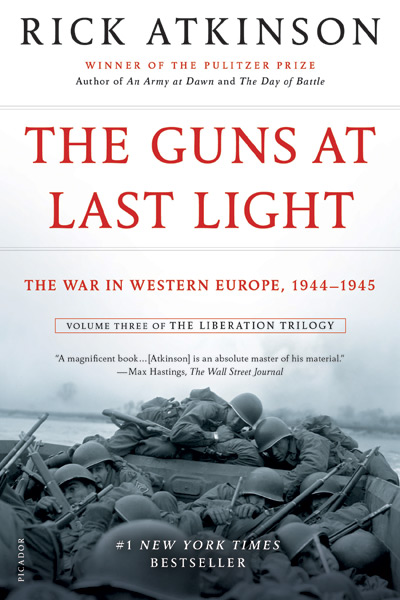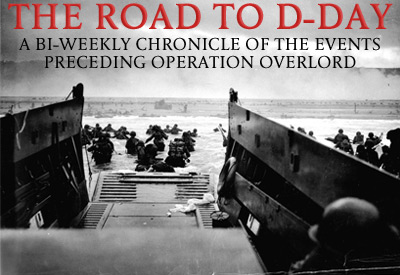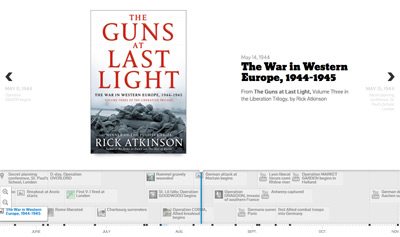Author Letter about The Guns at Last Light
Nearly fifteen years ago I started a project, which I dubbed the Liberation Trilogy, with the intent of telling the story of the American military’s role in the liberation of Europe during World War II. The first volume of the trilogy, An Army at Dawn, began where that story begins, in North Africa. Volume two, The Day of Battle, picked up the tale with the invasion of Sicily and the campaign for Italy. Now the saga is complete with the imminent publication of The Guns at Last Light, a narrative of the final year of the European war, from Normandy and the invasion of southern France, through the liberation of Paris, the race to the German border, the battles of the Hürtgen Forest and the Bulge, the crossing of the Rhine, and the other monumental struggles leading to the Third Reich’s surrender on May 8, 1945.
From the moment the first Allied paratroopers landed in France in the early hours of June 6, 1944, the war in Western Europe lasted 338 days. The victorious armies advanced 700 miles; they liberated oppressed peoples by the tens of millions; and they captured or killed more than 4 million enemy soldiers. The Americans provided two-thirds of Eisenhower’s 91 divisions in Europe, and Americans suffered most of the casualties—more than half a million, including 135,000 dead. I’ve spent years mining archives large and small, across the country and around the world, in search of primary sources: diaries, letters, official and unofficial records, unpublished memoirs. I believe that every page of The Guns at Last Light contains surprises and revelations, both dark and light.
Some 16 million Americans served in uniform in World War II; fewer than two million remain alive, and they are leaving us at the rate of 800 every day. Their war is the greatest epic of the 20th century, and The Guns at Last Light—like the earlier volumes in the Liberation Trilogy—is an effort to tell that story, vividly and authoritatively, to current and future generations.
—Rick Atkinson









